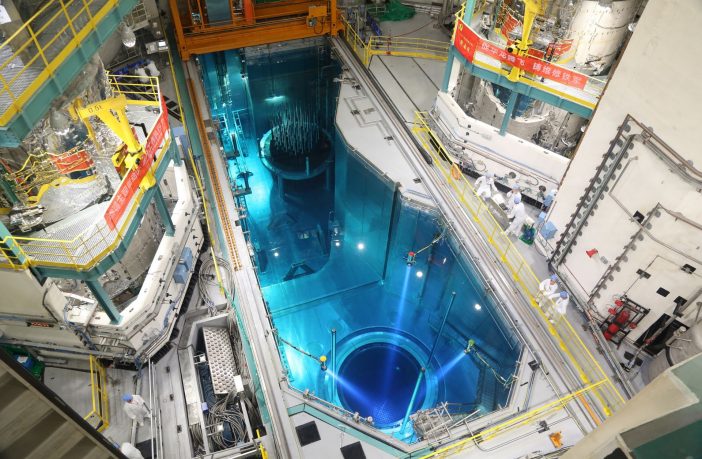- A study by the Information Technology & Innovation Foundation, a Washington-based nonpartisan research institute, has found that China is streaks ahead of the rest of the world when it comes to nuclear power generation.
As Jacopo Buongiorno, a professor of nuclear science and engineering at the Massachusetts Institute of Technology (MIT), observed, “China is the de facto world leader in nuclear technology.” Indeed, China likely stands 10 to 15 years ahead of where the United States is in nuclear power (referring especially to the ability to field fourth-generation nuclear reactors). China’s government has assigned considerable priority to domestic nuclear reactor construction as part of Beijing’s broader energy strategy. Looking ahead, China appears likely to use this established domestic capacity as a foundation for competitive reactor exports, much as its “dual-circulation” strategy has accomplished in other areas, such as electric vehicles and batteries.
Indeed, China has embarked on a rapid buildout of its nuclear industry, with 27 nuclear reactors under construction (more than two and a half times more than any other country) complementing the existing fleet of 56. The country expects to build 6 to 8 new nuclear power plants each year for the foreseeable future, with the country surpassing the United States in nuclear-generated electricity by 2030. In total, China intends to build a total of 150 new nuclear reactors between 2020 and 2035. Moreover, in December 2023, China commenced operation of the world’s first fourth-generation nuclear power plant, the 200 megawatt (MW)-producing, gas-cooled Shidaowan-1, in China’s northern Shandong province. China’s Nuclear Energy Administration has asserted that “90 percent of the technology in the new plant was developed within China.”2 China is also leading development and deployment of a new fleet of cost-competitive small modular reactors.
China likely stands 10 to 15 years ahead of the United States in nuclear power.
Key takeaways of the study
- China intends to build 150 new nuclear reactors between 2020 and 2035, with 27 currently under construction and the average construction timeline for each reactor about seven years, far faster than for most other nations.
- China has commenced operation of the world’s first fourth-generation nuclear reactor, for which China asserts it developed some 90 percent of the technology.
- China is leading in the development and launch of cost-competitive small modular reactors (SMRs).
- Overall, analysts assess that China likely stands 10 to 15 years ahead of the United States in its ability to deploy fourth-generation nuclear reactors at scale.
- China’s innovation strengths in nuclear power pertain especially to organizational, systemic, and incremental innovation. Many fourth-generation nuclear technologies have been known for years, but China’s state-backed approach excels at fielding them.
- Analysts assess that America and China are likely at par when it comes to efforts to develop nuclear fusion technologies, but warn that China’s demonstrated ability to deploy fission reactors at scale gives it an advantage for when fusion comes online.
- Looking narrowly at scientific publications on nuclear energy, China ranks first in the H-index, a commonly used metric measuring the scholarly impact of journal publications.
- From 2008 to 2023, China’s share of all nuclear patents increased from 1.3 percent to 13.4 percent, and the country leads in the number of nuclear fusion patent applications.
Link to the full study HERE
Author: Bryan Groenendaal














